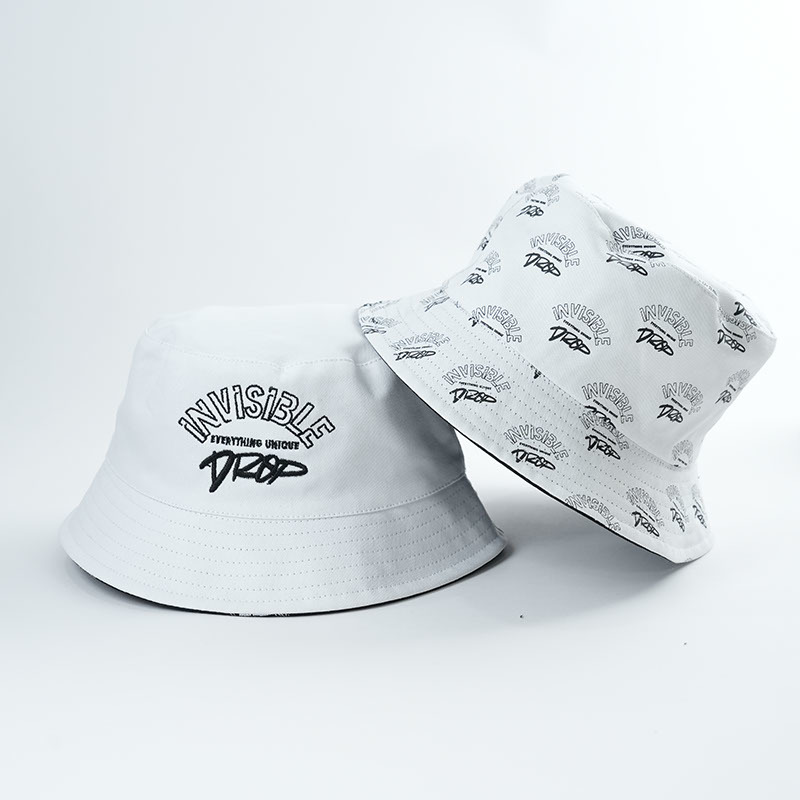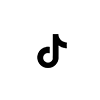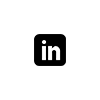2025 Baseball Caps: Functional Segmentation and Cultural Integration Drive Growth
As a "timeless classic" in the headwear industry, baseball caps are experiencing a period of category upgrading and boom in 2025. From street fashion to office commutes, outdoor sports to family matching scenarios, baseball caps are becoming a "must-have accessory" for all demographics through category segmentation and scenario penetration. Among them, functional styles and culture-themed designs are the core drivers of their development.
Category Segmentation: From "One-Size-Fits-All" to "Scenario-Specific Customization," Functional Innovation Drives Differentiation
The most notable change in baseball caps in 2025 is the shift from "one-style-for-all" to "scenario-specific customization." Based on different usage scenarios, four core segmented categories have emerged, each meeting differentiated needs through precise functional design:
Commuter & Business Style: Focused on "compatibility with smart casual wear," these caps use high-end fabrics, paired with minimalist logo-free designs or subtle embroidered logos. The brim angle is optimized for ergonomics, which not only flatters facial features but also avoids obstructing vision, making them a new alternative to traditional formal hats for urban white-collar workers. Some high-end styles maintain strong demand even at higher price points.
Outdoor Functional Style: Centered on "all-weather protection," these caps integrate multiple functions such as sun protection, cooling, and water resistance. Beyond regular sun-protective fabrics, some high-end styles adopt special cooling fibers to regulate head temperature through sweat evaporation; certain outdoor-oriented designs also feature "modular protective structures," with detachable wind shields and rear head sun guards, suitable for multi-scenario needs like hiking and cycling, and their acceptance continues to rise.
Trendy & Personalized Style: With "cultural expression" as the core, this category covers retro distressed designs, IP collaborations, and artistic graffiti. Among them, retro styles (such as the previously popular dad hats) hold a significant share in trendy styles, recreating the texture of classic eras through washed distressing and retro embroidery; IP collaboration styles continue to spark consumer enthusiasm, with some limited-edition themed designs selling out quickly upon launch and maintaining high attention in the second-hand market.
Parent-Child Family Style: Targeting "family matching scenarios," these caps use safe materials, with adjustable designs to fit children of different age groups. Some styles also incorporate "parent-child interactive details," such as matching patterns or text elements on adult and children’s versions, making them an emerging popular category in family consumption.
Cultural Integration: Local Elements Empower, Aesthetics Show Diverse Styles
In terms of cultural expression, baseball caps present a integrated trend of "global design + local adaptation." Under different cultural backgrounds, distinct style characteristics are formed through unique cultural symbols:
Guochao (Chinese national trend) elements have deeply penetrated and become an important source of design inspiration. Series featuring traditional patterns showcase cultural connotations through digital printing and 3D embroidery; collaborative styles with cultural institutions often take classic cultural symbols as design highlights, boosting the influence of local designs.
ACG (anime, comic, game) culture and minimalist aesthetics coexist. On one hand, IP collaboration styles with ACG themes are highly popular among teenagers; on the other hand, minimalist "logo-free lightweight styles," featuring single-color schemes and ultra-thin fabrics, focus on "invisible styling" and are favored by office workers.
Sports culture and street spirit remain important design directions. In sports-themed styles, classic color schemes and logo designs are distinctive features; street-style designs convey personalized attitudes through graffiti and distressed details, with some collaborative styles maintaining high attention in the fashion field.
Artistic genes are combined with environmental concepts. Independent designers often collaborate with art galleries and artists to print elements of classic artworks on caps; at the same time, most styles emphasize the use of eco-friendly materials, and some even launch "used cap recycling and transformation services," allowing consumers to send back unused baseball caps for redesign, aligning with sustainable concepts.
Technological Innovation: Dual Drivers of Intelligence and Environmental Protection, Reshaping Product Value
In 2025, technological breakthroughs in baseball caps focus on two major areas: "smart function integration" and "eco-friendly material application," promoting the evolution of products from "accessories" to "multi-functional carriers":
Smart Functions: Leading designs have begun to explore "light intelligence." Some styles use flexible sensors built into the brim to monitor physiological data in real time, which can be synchronized to mobile devices, suitable for sports scenarios; there are also "energy supply styles" that provide convenient charging support for portable smart devices through special materials or structural designs, solving the problem of outdoor power supply.
Eco-Friendly Materials: The industry is accelerating its shift away from traditional chemical fibers, with a significant increase in the use of recycled materials. Some styles use recycled materials to make cap bodies, realizing resource recycling; there are also "biodegradable styles" that use natural raw materials for key components, combining light weight with environmental protection, and quickly gaining favor among eco-conscious consumers after launch.
Consumption Trends: Personalization and Emotional Value Are Key Decision Factors
From the perspective of consumer demand, current consumers’ choices of baseball caps show two distinct trends:
First, "strong demand for personalization," with customized services becoming a new growth point. On major consumer platforms, demand related to "DIY baseball caps" continues to rise. Consumers can independently choose fabrics, colors, embroidery patterns, and even brim angles; some platforms also launch "3D custom preview" functions, allowing real-time viewing of customization effects through technology. Even though customized styles are priced higher than regular ones, they still maintain a high repurchase rate.
Second, "priority on emotional value," with baseball caps carrying memories or commemorative significance being more favored. For example, "campus memory styles" launched during graduation seasons can incorporate school logos and graduation-related information; travel-themed styles integrate elements of famous landmarks into designs, becoming "travel commemorative carriers" for consumers. Such emotionally charged products have a significantly higher user retention rate than ordinary styles.
Industry believe that the development of baseball caps in 2025 is essentially the result of the triple effects of "functions meeting needs, culture delivering value, and technology enhancing experience." In the future, with the further penetration of intelligent technology and the deepening of environmental concepts, baseball caps will continue to break the boundary of "accessories" and evolve into "multi-functional lifestyle carriers." The ability to accurately grasp cultural differences and segmented scenario needs will become the core focus for development.
Tag:
Related Posts










